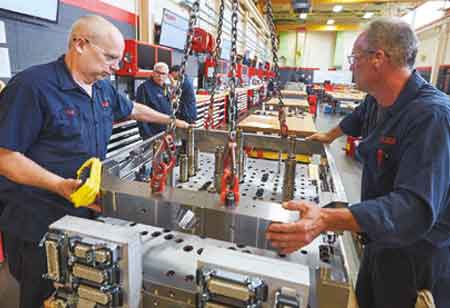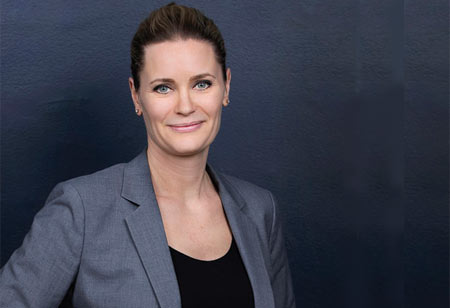THANK YOU FOR SUBSCRIBING

Planning for the Future - Technology & Town Planning
Alison Broderick, Associate Director, Savills Planning

 Alison Broderick, Associate Director, Savills Planning
Alison Broderick, Associate Director, Savills PlanningCreating sustainable places for people to live, work and enjoy is the fundamental aim planning system.
Digitisation and technology can be a powerful tool, not only in how planning decisions are made, but in helping with community engagement and aiding how places are planned for the future.
In the Planning White Paper in 2020 (now unlikely to be carried forward as presented), the Government placed a strong emphasis on the need to digitise the planning process which was broadly welcomed.
The lockdown during the COVID-19 pandemic, accelerated flexible working and the use of technology to facilitate a virtual work environment. Restrictions on public gatherings also led to a rapid and significant shift to the use of online meeting tools such as Zoom and Microsoft Teams, and in planning, Committee hearings moved online with many now continuing in hybrid form. This points towards a democratisation of the planning process, with virtual consultations allow greater and more flexible engagement, reducing barriers to access.
Digitisation can also assist with day-to-day planning as it is currently practised. For example, most planning documents currently exist as digital versions of a paper document – a pdf saved online or in a file. They are rarely digitally readable, and you have to know where to look in order to access them. A good example of this are Local Plans – integral to setting out where future development in an area might take place, but usually set out in hundreds of pdf pages, often with an accompanying Proposals Map which is not searchable and is hard to read. Each local authority also presents the information in their own way, making it difficult to compare or build a strategic regional picture. Proposals in the White Paper would have standardised much planning policy and provided all stakeholders with a simpler system to engage with, offering time- and cost-saving opportunities and potentially engaging more of the communities these Local Plans are meant to serve.
Digital local plans do not just mean presenting policy information in a different way – if plans are machine readable it would be easier to trace new development back to planning policy and see whether it is compliant. Machine readable data also provides the opportunity for easier cross-authority working and live data provides the opportunity to see how effective a development is in serving the needs of the community (do junctions function as predicted? how are footpaths used? etc.). It also means that information is freely and easily available to all stakeholders for review and engagement.
“Digital local plans do not just mean presenting policy information in a different way – if plans are machine readable it would be easier to trace new development back to planning policy and see whether it is compliant.”
However, we should not forget that technology should ultimately facilitate equal and inclusive planning. Computer and internet access are key priorities for all as planning becomes digitised in order not to exclude anyone, and there has to be the resource in place both financially and with planners ourselves to ensure the correct applications are proposed and effectively used.
Beyond the day-to-day, future technological developments need to be considered. One example is the metaverse – it is already possible to work from a virtual environment with an Oculus headset, using VR to sit in a virtual world and work on current projects. Collaboration across teams and even continents is possible as people join the metaverse and work together in real time.
Technology means is possible to enhance the lived environment, for example looking at buildings in different weather scenarios or with different people using it, an important cross-over between the metaverse and the ‘real’ world and making design and planning more future-proof.
This also raises questions of how people will use towns and cities in the future – if you can try on new clothes or attend a concert without leaving your living room, what is the purpose of a town centre? On a more basic level, if driverless cars prove as popular as expected, how do we plan streets and parking spaces if these are likely to have low use?
And this is the technology we know about – given the rapid extent of changes over the past decade, it is hard to predict what further changes will make to our lived and built environment.
Ultimately, as planners we need to create places people want to be – high quality environments for live, play and work. Using technology in the short term to facilitate our current practice, whilst being mindful of how it could change our behaviours in the future, is integral to the future of the profession. Planning remains the golden thread in meeting the needs of communities in a sustainable way – digitisation and technology provides the opportunity to enhance this further.
Read Also





















ON THE DECK